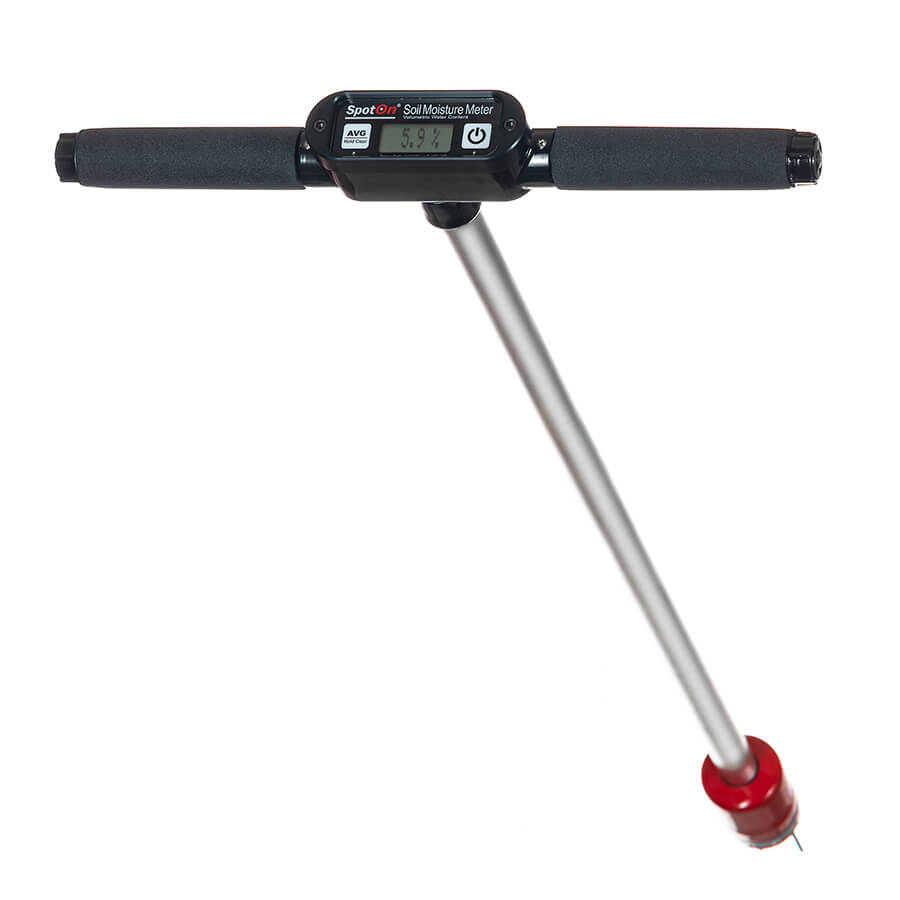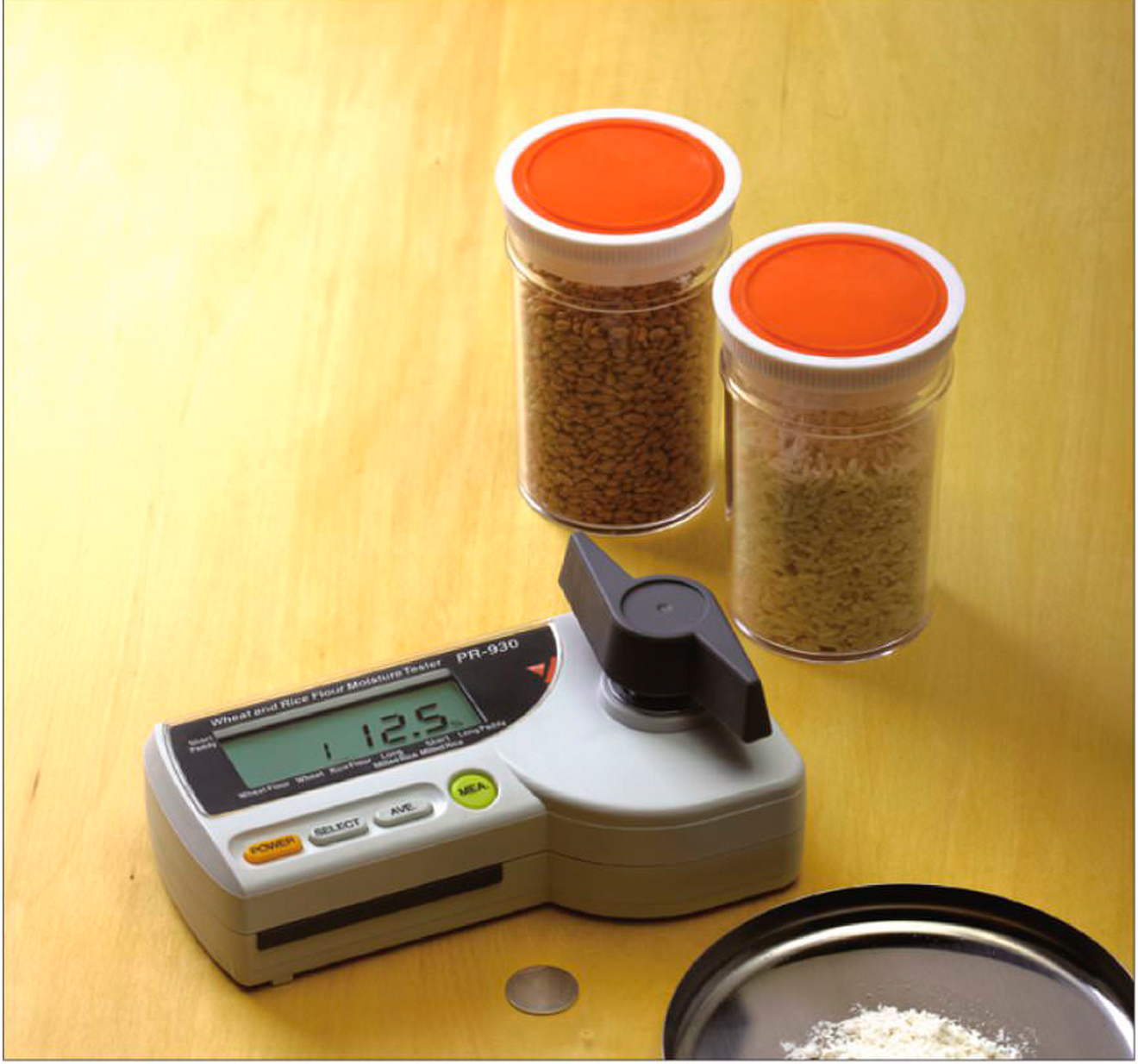Recognizing the Value of a Moisture Meter in Stopping Mold and Water Damage in your house
In the world of home upkeep, the existence of dampness can often be a silent yet powerful foe, capable of creating prevalent mold and mildew growth and perilous water damages if left unchecked. Understanding the value of a moisture meter in this battle is not simply a choice however a critical need.
Importance of Moisture Detection
Reliable moisture detection methods are important for protecting homes and stopping prospective mold growth and water damage. Wetness can leak into various structure materials, leading to structural concerns and health and wellness threats. By making use of a dampness meter, residential or commercial property proprietors can proactively identify locations vulnerable to excess wetness, enabling for timely treatment and reduction methods.
Moisture meters offer exact analyses of wetness levels in different materials such as timber, concrete, and drywall. This information assists in identifying areas of concern, also in hard-to-reach or covert places. Early discovery of moisture build-up allows prompt repairs or adjustments to avoid further damages.

How Moisture Meters Work
Dampness meters play a pivotal function in the positive identification of excess wetness, assisting in the prevention of potential mold growth and water damage by offering exact readings of wetness degrees in different structure products. Some progressed wetness meters incorporate both pin and pinless modern technologies for comprehensive moisture discovery. Comprehending how moisture meters function is essential for prompt and accurate moisture level assessments, enabling reliable preventive steps against mold and mildew and water damages.
Finding Early Indication
Upon first examination of a home, identifying subtle signs of excess dampness ends up being critical in the early detection of potential mold growth and water damage. Water spots can signify leaks or seepage, while peeling paint or wallpaper might be an outcome of dampness jeopardizing the bond of these products to the surface area. Additionally, a rise in allergic reaction signs and symptoms or respiratory system issues among residents might recommend the visibility of mold and mildew due to excess wetness.
Preventing Mold Growth
Recognizing very early caution signs of excess wetness within a residential property not just allows prompt discovery of potential mold growth and water damages however additionally serves as a positive measure in protecting against the proliferation of mold. To successfully protect against mold development, it is crucial to deal with any type of resources of dampness quickly.
In enhancement to resolving moisture resources, maintaining indoor moisture levels below 60% can dramatically inhibit mold growth. Appropriate air flow, appropriate insulation, and utilizing a/c or followers can aid manage interior moisture degrees. Keeping an eye on wetness levels in areas prone to moisture, such as basements and crawl spaces, using a dampness meter can also assist in very early discovery of elevated dampness degrees and possible mold growth. By taking proactive measures to avoid excess moisture and mold and mildew development, house owners can protect their building and interior air quality.
Benefits of Normal Monitoring
Normal surveillance of dampness degrees in a residential or commercial property can play a vital role in maintaining a healthy and balanced interior setting and protecting against possible mold and mildew and water damages. By routinely inspecting wetness degrees, home owners can detect any issues promptly and take required Recommended Reading actions to stop mold growth and water damage.
In addition, routine monitoring permits property owners to track patterns and patterns in dampness degrees over time. Inevitably, the regular tracking of moisture levels equips homeowners to protect their building, safeguard their wellness, and preserve the stability of their interior setting.

Conclusion

By using a moisture meter, residential or commercial property owners can proactively determine locations susceptible to excess dampness, enabling for prompt treatment and reduction strategies.

Checking moisture degrees in locations prone to wetness, such as cellars and crawl spaces, making use of a wetness meter can additionally aid in very early discovery of raised dampness degrees and possible mold growth. (Moisture Meter)